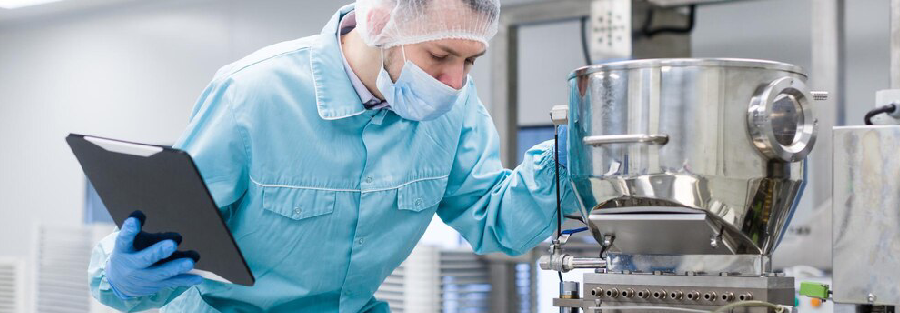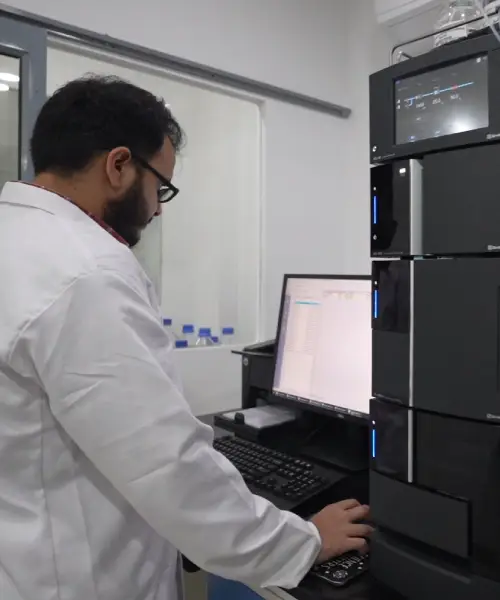
API Pharma
The pharmaceutical landscape relies heavily on the integrity of active pharma ingredients (APIs), as these are the biologically active components responsible for the therapeutic effects of medications. Any compromise in their quality can lead to safety risks, regulatory non-compliance, or product recalls—making stringent quality assurance not just important but mission-critical.
For readers newer to the industry, here’s a brief look at API meaning in pharma: APIs are the core components of pharmaceutical drugs that produce the intended health benefits. The remaining portion of the drug—excipients—helps in delivering the API to the body effectively.
Given the high stakes, maintaining quality in active pharma ingredient manufacturing involves a multi-pronged strategy. In this article, we’ll explore five key approaches used by the api manufacturing industry to uphold the highest standards of safety, efficacy, and consistency.
Strategy 1: Robust Sourcing & Raw Material Selection
The foundation of high-quality active pharma ingredients begins with rigorous sourcing of raw materials. Without consistency and traceability in input materials, even the best manufacturing systems can falter.
Key Practices:
- Supplier audits to assess capabilities and compliance with Good Manufacturing Practices (GMP).
- Material traceability from source to shipment, ensuring accountability at every step.
- Comprehensive documentation for raw materials, including Certificates of Analysis (CoAs), safety data sheets, and origin details.
Adherence to these protocols ensures the integrity of materials and aligns with global regulatory expectations, reducing the risk of variability and contamination in the final API.
Strategy 2: Process Validation & Optimization
Process consistency is vital to delivering reproducible API quality across batches. Through robust validation and continual optimization, active pharma ingredient manufacturing can be scaled without compromising performance.
Tools and Methodologies:
- Process Validation: Demonstrates that manufacturing processes consistently produce APIs meeting predetermined quality criteria.
- Quality by Design (QbD): Proactive approach where quality is built into the product from the design stage.
- Lean Manufacturing and Six Sigma to minimize waste and variability.
- Real-time monitoring and analytics enable dynamic process control and immediate correction of deviations.
Such practices create a dependable framework that assures batch-to-batch uniformity and supports scalable production of active pharma ingredients.
Strategy 3: Regulatory Compliance & Documentation
Compliance with global regulatory standards is non-negotiable in the api manufacturing industry. Regulatory bodies such as the FDA, EMA, WHO, and others expect strict documentation and preparedness for audits.
Compliance Essentials:
- Standard Operating Procedures (SOPs) for every critical operation.
- Electronic Batch Records (EBR) to reduce manual errors and improve traceability.
- Readiness for audits from international regulators.
Manufacturers of active pharma ingredients who maintain comprehensive documentation and demonstrate continual regulatory awareness not only ensure patient safety but also protect their business continuity.
Strategy 4: Advanced Analytical Testing & Quality Control
Testing and analysis are the gatekeepers of quality for active pharma ingredients. From raw materials to finished products, analytical techniques confirm the identity, purity, potency, and stability of APIs.
Techniques Employed:
- High-Performance Liquid Chromatography (HPLC) and Gas Chromatography (GC) for content analysis.
- Spectroscopy (UV, IR, NMR) to verify molecular structures.
- Impurity profiling to detect and quantify residual solvents or by-products.
- Stability studies to evaluate shelf-life under varying environmental conditions.
These sophisticated tools and stringent controls are central to ensuring that active pharma ingredients retain their efficacy and safety throughout their lifecycle.
For deeper insight into api manufacturing services, these analytical measures are integral to the broader scope of development and commercialization.
Strategy 5: Reliable API Manufacturing Partnerships
Many pharmaceutical companies partner with experienced third-party providers to gain access to specialized knowledge and scalable infrastructure. A reliable partner offering api manufacturing services can significantly reduce time-to-market while ensuring consistent product quality.
Key Advantages:
- Scalability to support different stages—from clinical trials to commercial production.
- Geographical flexibility in manufacturing and distribution.
- Integrated capabilities for api development, synthesis, analytical services, and regulatory support.
Conclusion
From raw material sourcing to final quality control, every phase in the production of active pharma ingredients demands precision, accountability, and adherence to international standards. Whether through enhanced process control, stringent testing, or expert partnerships, these five strategies offer a roadmap for consistently delivering safe and effective APIs.
In an increasingly complex and regulated environment, aligning with a partner well-versed in the api manufacturing industry is not just beneficial—it’s essential. Explore trusted pharma solutions that support your journey from concept to commercialization.






